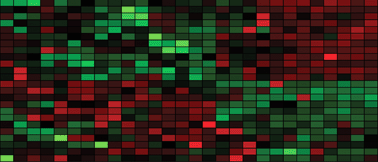Photodynamic therapy (PDT) using 5-aminolevulinic acid (ALA)-induced protoporphyrin IX (PPIX) is clinically established approach for a number of defined applications. However, in order to optimize the therapeutic benefits of PDT, the specific mode of cell destruction should be better defined. Apoptosis is favored over necrosis for clinical practice as the latter causes more side-effects. In the present study, we analyse PDT-induced cell death and its correlation to various PDT parameters (different doses applied, time after PDT treatment) in vitro using reverse phase protein arrays. Human urothelial cell lines with varying degrees of differentiation (UROtsa, RT4, RT112, J82) were subjected to in vitro-PDT using increasing doses of irradiation. In addition, positive controls for apoptosis, necrosis and un-/specific cellular damage were included. Cells were harvested over a specified time course, lysed and arrayed onto nitrocellulose-covered glass slides. The arrays were analyzed for expression of apoptosis-related proteins by immunohistochemistry. Analysis of caspase-3 and -9 expression, the activation of HIF-1α, Bcl2, Cox2 and the phosphorylation of AKT reveals signal activation due to a PDT-stimulus in correlation with the positive controls. Data were analyzed by unsupervised hierarchical clustering and depicted as a heat map revealing cell-specific patterns of pathway stimulation. Higher differentiated phenotypes showed a more distinct signal response in general and a higher apoptotic response in detail. Lower differentiated cell lines lost pathway regulation capabilities according to their state of dedifferentiation. Reverse phase protein arrays are a promising technique for signal pathway profiling: they exceed the range of traditional western blots by sensitivity, high-throughput capability, minimal sample consumption and easy quantification of results obtained.

You have access to this article
 Please wait while we load your content...
Something went wrong. Try again?
Please wait while we load your content...
Something went wrong. Try again?


 Please wait while we load your content...
Please wait while we load your content...